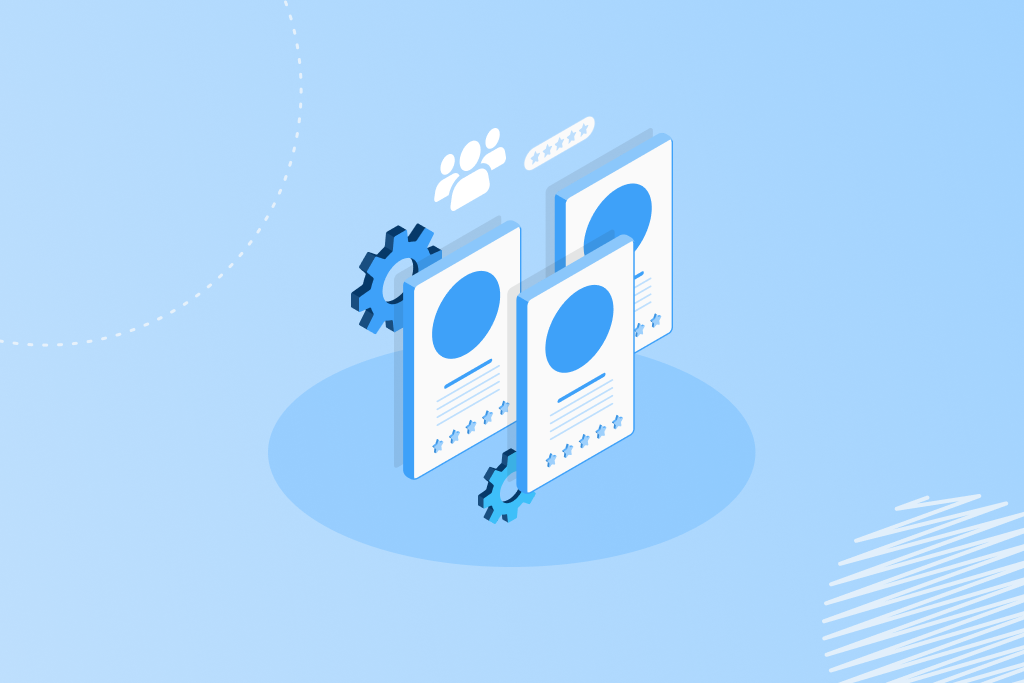When a Canadian organization makes the decision to process payroll in-house, it’s because they want better control over their payroll and processes.
One thing we’ve heard time and time again from payroll and finance professionals across the country is that they’re control freaks (self-proclaimed). Payroll professionals do all the heavy lifting to get payroll ready – which is why taking ownership over the last step of paying remittances makes perfect sense.
If you’re processing pay for hundreds or thousands of employees across Canada, the question is, why would you trust the most important elements of your payroll process to someone outside your organization, in other words, outsourcing payroll?
Why mid-size companies should take control of their payroll process
In-house payroll peace of mind
So what option actually delivers on peace of mind? Knowing that your team ensured accuracy and compliance by preparing and double-checking your remittances, or trusting your remittances to an outsourced provider?
The benefits and cost savings of processing your payroll in-house definitely exceed the “convenience” of outsourcing payroll. In-house payroll processing provides control, peace of mind, and the flexibility you need to make changes. From necessary system updates to processing off-cycle requests, in-house processing lets you take the reigns.
Some companies believe that outsourcing payroll ensures compliance. It’s an interesting thought, but the reality is you can’t outsource risk. Mistakes happen, whether you make a mistake like a late remittance, or your outsourced payroll provider makes the mistake. At the end of the day, your organization is the one responsible to pay deductions on time.
Think about all of the payments that you trust to your finance team today. At the top of the list are regulatory payments (i.e. GST, HST, Corporate Taxes, Workers’ Compensation, and Employer Health Taxes). Your remittance payments are important, but your team already has the information they need to ensure they are paid accurately and on time, just like regulatory payments. The difference is when your team makes remittance payments you have control over the audit trails of those payments.
Keep your money in your organization longer
Payroll represents a significant portion of your organization’s costs. When you outsource your remittances, you forego interest income on the amount of your payroll until your employees get paid and your money ends up in your payroll provider’s pocket.
Advanced payment to your outsourced vendor ties up company funds that could be deployed elsewhere. Payroll outsourcing companies are earning hundreds of millions of dollars by holding onto your payroll dollars before your employees actually get paid. These funds could be working for you earning interest income on purchasing inventory or other capital investments.
At Avanti, we wanted to better understand what these payroll costs actually look like for Canadian companies, so we built an In-House Payroll Savings Calculator to compare in-house payroll processing to outsourced payroll. Give it a try to see what you could save.
Get your time back
Timing matters when it comes to payroll. The problem with outsourcing your payroll is that everything has to be done on your vendor’s watch. Some providers require you to have your payroll wrapped 4-5 days in advance, followed by your payment two days in advance. This means you have less time to get your work done every cycle, which is convenient and profitable for your provider – but is it the best option for you?
Along with interest, Avanti’s In-House Payroll Savings Calculator helps you measure the time you're losing to advance payroll submissions.
To save money on your payroll processing costs and gain more time, consider an in-house payroll system to remit to Service Canada and the CRA. You already do the heavy lifting of calculations and reconciliation, once complete, you simply make your payment by following steps that are as simple as paying a bill online.
Get more control over year-end processes – from T4s to CRA remittances
T4 Flexibility
When you process payroll in-house, you get more flexibility with T4s and year-end functionality, like ensuring your T4s are correct before being processed through the system, rather than being told when you need to run your T4s.
Moving to an in-house payroll system, means you can do T4 trial runs any time of the year. Having the choice to do it after peak season gives you the control you need to easily check to see if the summer information was accurately done before year-end.
Configurable tax slip special boxes
With a good in-house payroll solution you should have everything you need in your system, even new earnings for new boxes and tax slips for employees who have special boxes. Having the option for special boxes is key for diverse organizations that have complex needs. A great in-house solution isn’t one size fits all, it should be configurable to meet all your requirements.
Balanced CRA remittances
Working with an in-house payroll system allows you to balance your CRA remittances. You can manage your own programming, remittances, and deposits.
Once all your payroll activity is collected, your payroll team is able to compare the remittances that are supposed to be submitted to what was actually submitted. These remittances inform you if all the information in boxes (associated with each employee) balance with their T4 summary.
Flexibility
Processing payroll in-house means you’re choosing flexibility and control. No longer are you adjusting your process to work for your outsourced payroll provider, you make everything work for you.
That means no restrictions on building pay codes or running a mid-period payroll run. Process your own ROEs and correct any issues on the ROE web as needed. Add, change, and reallocate when you need to. It’s not your job to explain issues and wait for an outsourced provider to make changes you can easily handle on your own.
Let’s say you’ve reconciled your remittances and sent them over to the outsourcer for them to remit the amount due on your behalf. Suddenly you realize that you need to make an adjustment because you missed a new employee that was supposed to be paid for that pay period.
With an outsourced payroll provider: It’s too late to make a change and you’ll now have to wait until the next pay period to adjust.
With an in-house payroll provider: You can run an off-cycle pay addressing the discrepancy, remitting the right amounts as long as the payment is made by the due date defined by CRA.
Ready to make the case for In-house?
Download our latest guide exploring all the benefits of going in-house. Gain the insights and confidence you need to drive change and build a strong case for making the move to in-house payroll processing.
It's time to stop letting your payroll system manage you.

Ready to make the case for In-house?
Download our latest guide exploring all the benefits of going in-house. Gain the insights and confidence you need to drive change and build a strong case for making the move to in-house payroll processing.
It's time to stop letting your payroll system manage you.






